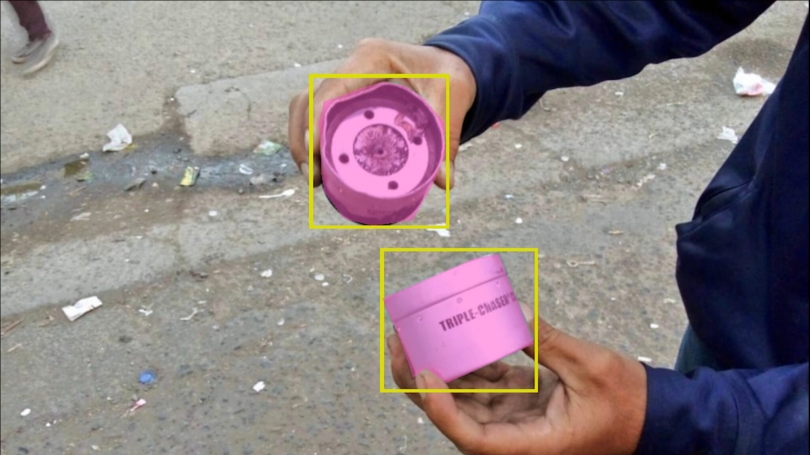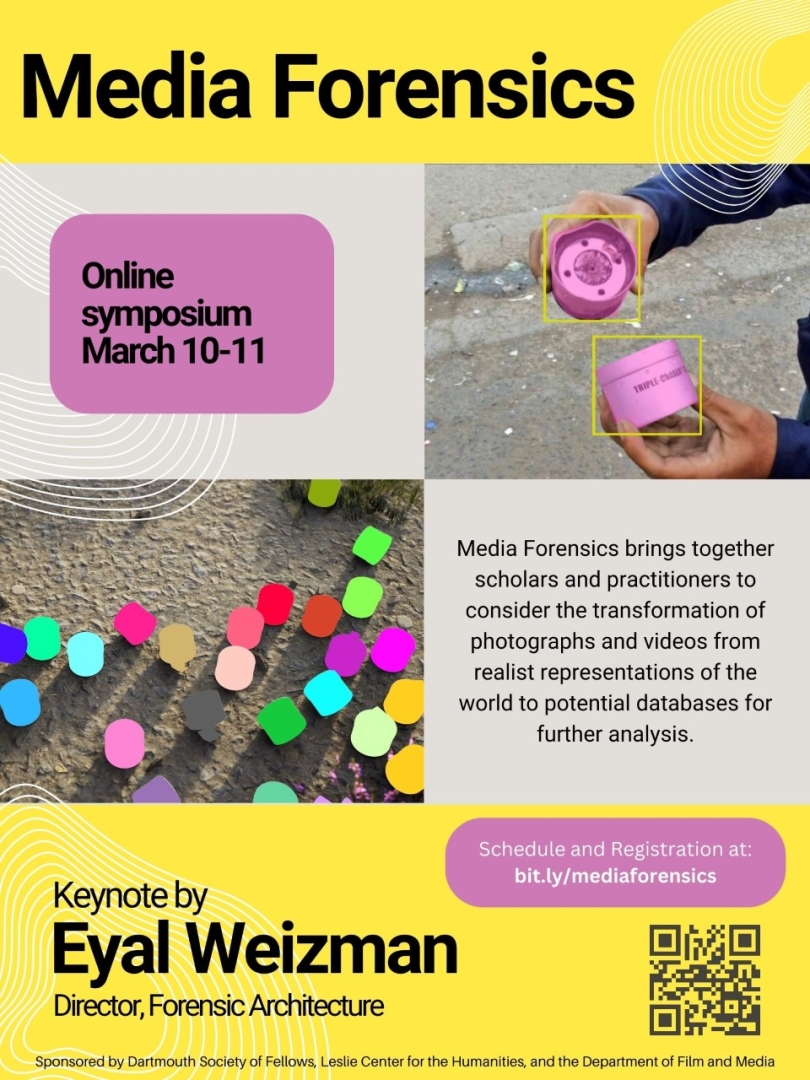

MEDIA FORENSICS
an online symposium about visual media and forensic methods
Information and Registration at http://bit.ly/mediaforensics
"Media Forensics" brings together scholars working on the intersection of media and forensics in a contemporary and historical frame as well as practitioners of new digital forensic methods. The online symposium aims to create connections between the study and practice of (counter-)forensic techniques.
In 1990, when George Holliday submitted his videotape of Rodney King being beaten by officers of the LAPD to a local news station, the idea that the camera could capture such evidence of a crime and make it publicly visible was remarkable. Today it is merely expected, with image capturing devices ranging from smart phones and doorbells to drones and satellites. This wealth of potential visual evidence that has inspired new methods of analysis in contexts including journalism, criminal investigation, business analytics, and military intelligence.
In the work of groups like Bellingcat and Forensic Architecture, the image is not only evidence in itself. Rather, it serves as a starting point for further analysis. Images can furnish proof of location or time of day of the occurrence imaged. This can be the key to exposing human rights violations, locating a missile strike or illegal mining operation, or tracing the path of a gunman through a crowd. Images can provide the data to construct a 3D rendering to model the trajectory of a bullet, or a physical altercation between a police officer and a suspect. Forensic techniques can also be used in support of conspiracy theories, the bolstering of false narratives, and the identification of vulnerable individuals. Images themselves can also be forensically analyzed for signs they are inauthentic, algorithmically-generated, or doctored. The transformation of photographs and videos from realist representations of the world to potential databases for further analysis marks a dramatic transformation of our relationship to images broadly.
